:fill(white)/https://www.biscuiteers.com/static/cms/media/LIFESTYLE-SPRING%20MACARONS%203000x2400.jpg)
When you think of macarons, you probably picture the classic French version. But did you know that macarons actually originated in Italy? In this blog, we'll dive into the differences between French and Italian macarons, giving you a deeper understanding of what makes each of them so unique.
A Brief History of the Macaron: From Italy to France
The macaron's journey began in Italy, possibly as early as the 8th century A.D. when Venetian monks are believed to have created early versions using almonds, sugar, and egg whites. By the 16th century, the macaron made its way to France, thanks to Catherine de’ Medici, an Italian noblewoman who brought her pastry chefs to the French court when she married King Henry II of France.
Over time, the treat became a favourite in France, with the 18th-century “Macaron Sisters” of Nancy helping to popularise it further. However, it wasn’t until the early 20th century that the macaron evolved into its modern form when Pierre Desfontaines of Ladurée paired two macaron shells with a creamy filling, creating the iconic double-decker macaron.
In the 1990s, renowned pastry chef Pierre Hermé took the macaron to new heights, experimenting with exotic flavours like rose, jasmine, and salted caramel, turning it into a global symbol of French pâtisserie.
French Macarons
The French macaron is celebrated for its light, airy texture and crisp shell. To create this classic treat, egg whites are whisked with granulated sugar until stiff peaks form, producing a delicate meringue. This meringue is then carefully folded into a blend of almond flour and icing sugar—a process known as macaronage—which is essential for achieving that signature lightness.
Key Characteristics of French Macarons:
• Light texture: Crisp shell, airy interior.
• Delicate structure: Sensitive to humidity and temperature.
• Challenging to perfect: Requires precision and careful handling.
:fill(white)/https://www.biscuiteers.com/static/cms/media/LIFESTYLE%20%20SUMMER%20MACARONS%203000X2400-1.jpg)
Italian Macarons
At Biscuiteers, we follow the traditional Italian method to create our macarons. Instead of using raw sugar, we use Italian meringue, made by slowly cooking sugar syrup to 240°F (115°C) and adding it to whipped egg whites. This process creates a stronger, more stable meringue, which makes our macarons less likely to crack or collapse.
Key Characteristics of Italian Macarons:
• Stable meringue: Smooth, glossy finish.
• Less sensitive to humidity: Holds its shape better and is less sensitive to humidity.
• Balanced texture: Delicate crunch with a soft interior.
:fill(white)/https://www.biscuiteers.com/static/cms/media/macarons-blog-3000x2400.jpg)
What’s the Difference Between French and Italian Macarons?
While both French and Italian macarons share common ingredients, the differences in technique, texture, and appearance are what truly set them apart.
Meringue Method
Texture
Appearance
Difficulty
Experience the Biscuiteers Difference
At Biscuiteers, we believe that every detail matters, that’s why we chose to use the Italian meringue method to ensure that our macarons are as beautiful as they are delicious. Each macaron is expertly hand-piped, baked with precision, and filled with carefully selected flavours, making them a wonderful gift or a well deserved treat for yourself.
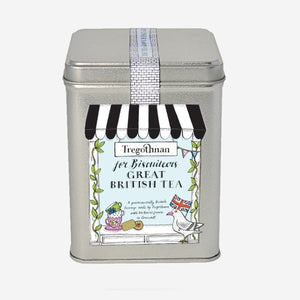
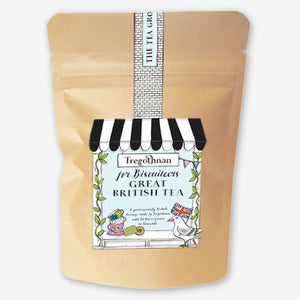
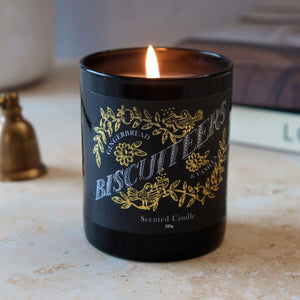
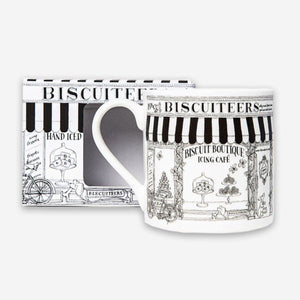
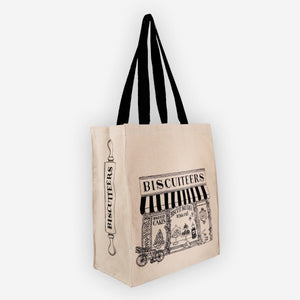

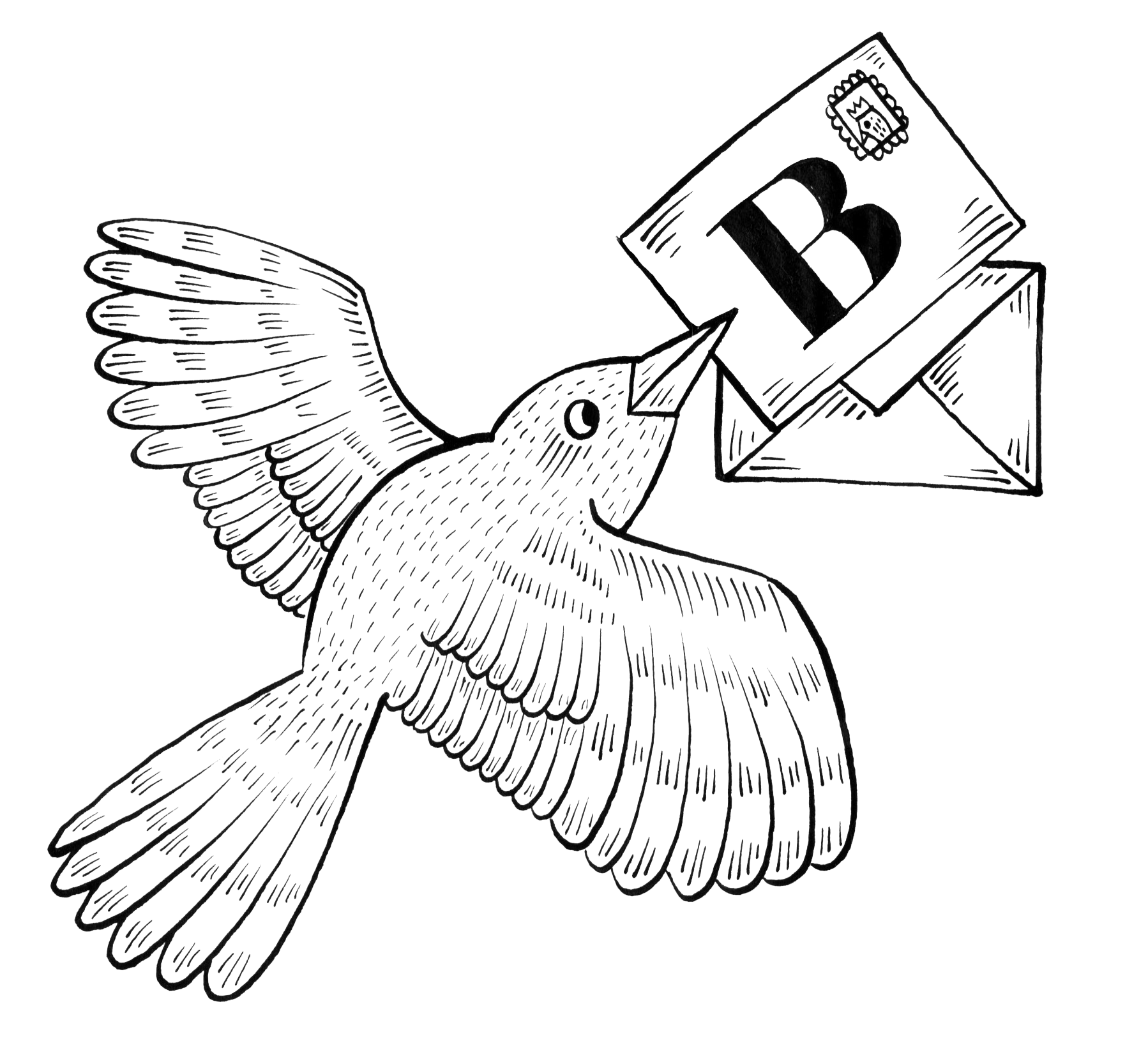
0 comments